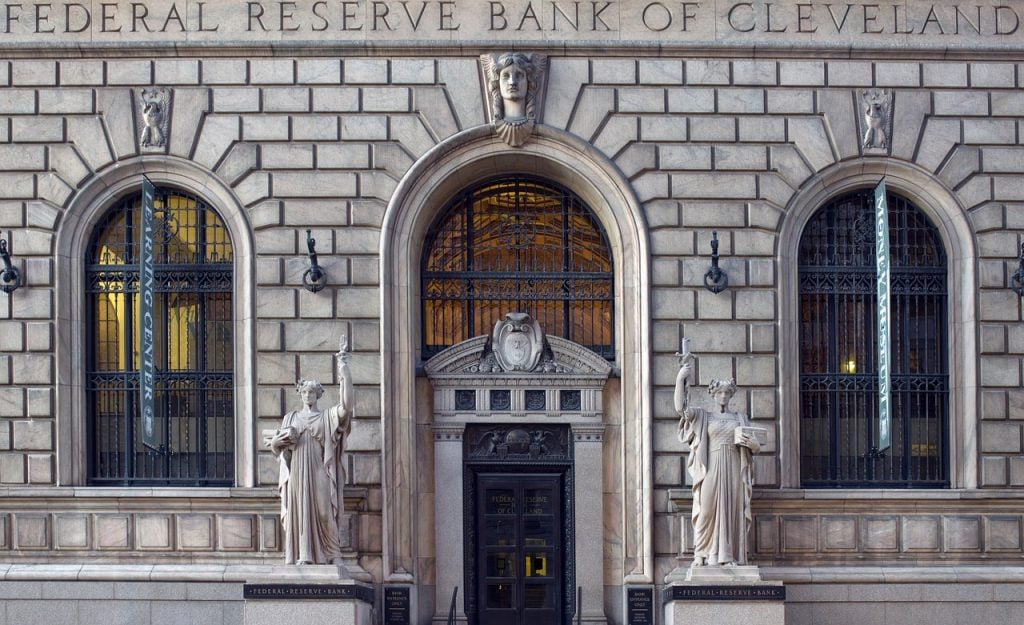In his Daily Market Notes report to investors, while commenting on tapering, Louis Navellier wrote:
Q2 2021 hedge fund letters, conferences and more
Let The Tapering Begin
So let’s give the Fed credit for making the call that inflation is “transitory.” Speaking of the Fed, the Federal Open Market Committee (FOMC) statement on Wednesday was much more dovish than I anticipated, since it did not address exactly when the Fed would begin to taper its quantitative easing. Specifically, the FOMC said, “If progress continues broadly as expected, the Committee judges that a moderation in the pace of asset purchases may soon be warranted.”
The FOMC expects to make one 0.25% key interest rate hike in 2022 and up to three 0.25% key interest rate hikes in 2023. The Fed also lowered its 2021 GDP forecast to 5.9% (down from 7% in June) and is also forecasting 3.8% GDP growth in 2022. Also interesting is the FOMC raised its core inflation targets based on the Personal Consumption Expenditure (PCE) index to 3.7% (up from 3% previously forecasted) in 2021 and 2.3% (up from 2.1% previously forecasted) in 2022. Clearly, the Fed is anticipating more inflation, since it raised its inflation forecasts.
In my opinion, the Fed can finally start tapering its quantitative easing sooner than later, since international capital continues to flow into the U.S. in the wake of China’s growing real estate crises that are escalating as defaults mount. The bottom line is since the U.S. is not yet characterized by negative interest rates, our Treasury securities remain an oasis for international capital, which is why the bid to cover ratios at recent Treasury auctions remain healthy.
Quarter-End Window Dressing
I am still anticipating quarter-end window dressing that should boost powerful growth stocks that are characterized by strong forecasted sales, earnings and positive analyst revisions that typically precede future earnings surprises.
October has been a seasonally strong month in the past 30+ years. November is even stronger. Essentially, what happens in the fall is that consumers cheer up as the holidays approach. When we gather with family and friends during Thanksgiving and other holidays, consumer sentiment naturally rises. When consumer sentiment rises, investor sentiment also improves, which is why year-end rallies are so common. Additionally, there is a lot of year-end pension funding, which typically heats up around Thanksgiving.
Listless Washington
I expect the proposed tax increases will fizzle due to the infighting over SALT deductions and Senator Joe Manchin. I must say I was relieved to see that the House of Representatives proposed a much small increase in long-term capital gains to 25% (up from 20%) currently, which is substantially less than the 39.6% tax that the Biden Administration originally proposed.
The fact that the House of Representatives proposed small tax increases is a sign that they know that increasing taxes is suicidal heading into the 2022 mid-term elections. As the Biden Administration’s popularity plunges in the wake of the Afghanistan exit, the escalating border crisis and criticism from our allies (e.g., the British Parliament, French President Macron, etc.), I suspect that very little will get done in Washington D.C. other than lifting the deficit ceiling.
The Labor Department on Thursday reported that new claims for unemployment rose to 351,000 in the latest week, up from a revised 335,000 in the previous week. Continuing unemployment claims also rose. I find it interesting that the Fed now seems more preoccupied with inflation than unemployment, even though the U.S. economy has lost approximately 5 million jobs since the pandemic commenced.
Heard & Notable
President Xi Jinping has announced that China will not build more new coal power plants abroad in a move that could prove key in reducing global emissions. China has been especially active in Indonesia where $15,671 million worth of coal power projects have been financed, equating to a total plant capacity of 9,724 megawatts. Source: Statista













